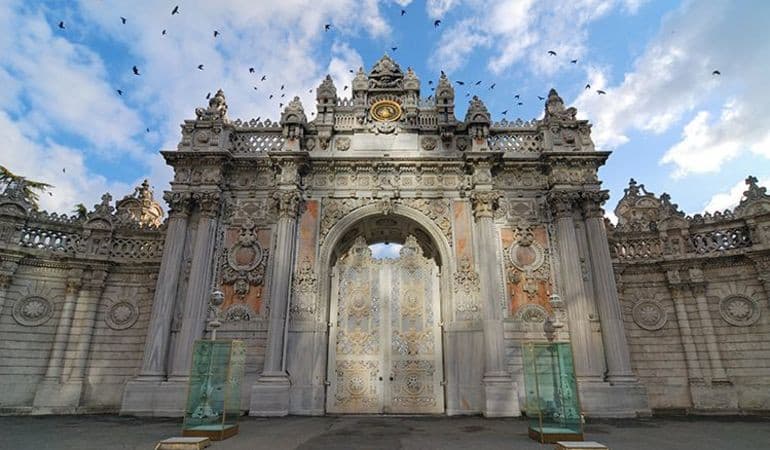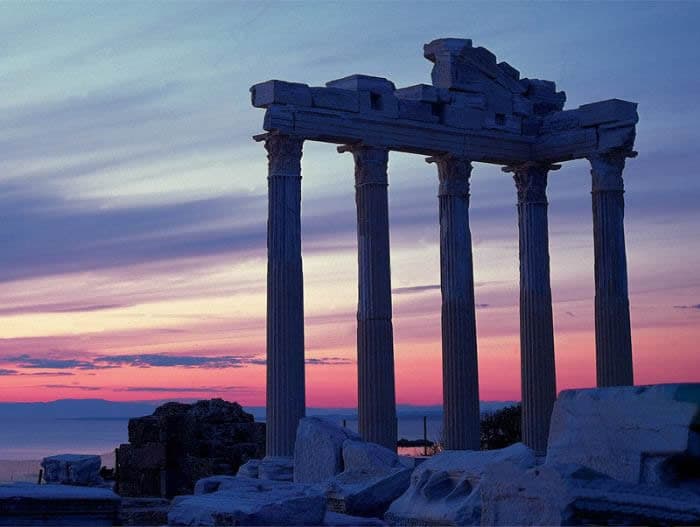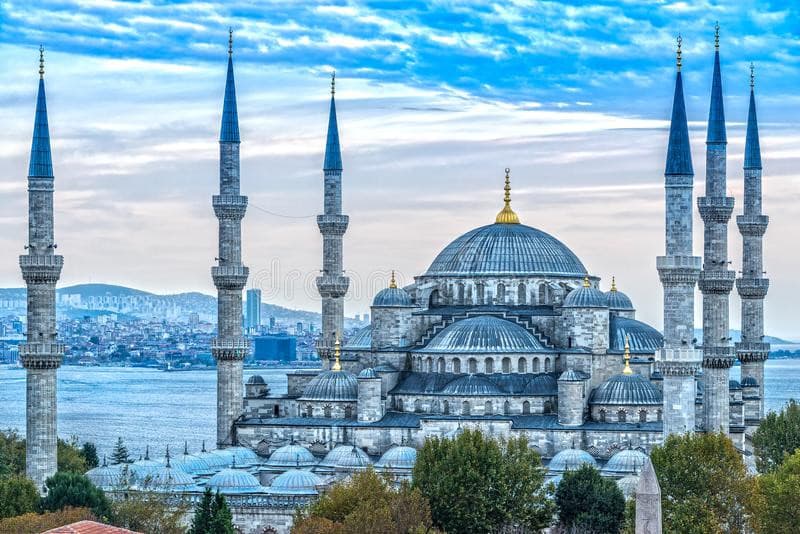
Dolmabahce Palace Istanbul
Dolmabahce Palace
Dolmabahce Palace was built between 1843-1856 on the order of 31st Ottoman Emperor Sultan
Abdulmecid. The palace mainly has three sections. The first section-Imperial Mabeyn was the center
of administration and state affairs. The second section-Muayede Salon was used as a place to host
festival (bayram) greetings and ceremonies regarding to state. And, the last section-Imperial Harem
was allocated especially for the Sultan and his family.
The area where the palace was constructed was mainly used as an anchorage point of the navy ships
during 15th and 16th century. Later the area turned into a swamp and was filled by stones. The filled
area was used as place where Ottoman Emperors rested. And, in 19th century, main structure of the
palace was constructed as three floors parallel to the sea side. The other sections including Harem
were constructed as four floors to the land side.
You can easily observe the western influence on the decoration and style both inside and outside of
the palace. However, the planning of the rooms and saloons are inherited from the traditional
Turkish houses with a difference which the living spaces made much bigger.
In the last years of the Ottoman Empire, electrical and central heating systems were installed in the
palace as appropriate to the technology of the era. The palace covers an area of 250,000 square
meters which includes 285 rooms, 44 saloons and 6 Turkish Baths (Hamam).
Dolmabahce Palace hosted the last six Sultans of the Ottoman Empire. Moreover, Mustafa Kemal
Ataturk used the palace as his office and died in room 71. After his death, Dolmabahce Palace was
used as a place where foreign guests of the state hosted, ceremonies and banquets were given.
If you want to closely observe the traces and effects of the state transition from the Ottoman Empire
to the Republic of Turkey took place, Dolmabahce Palace is the destination that hosted two different
administration in one place...



